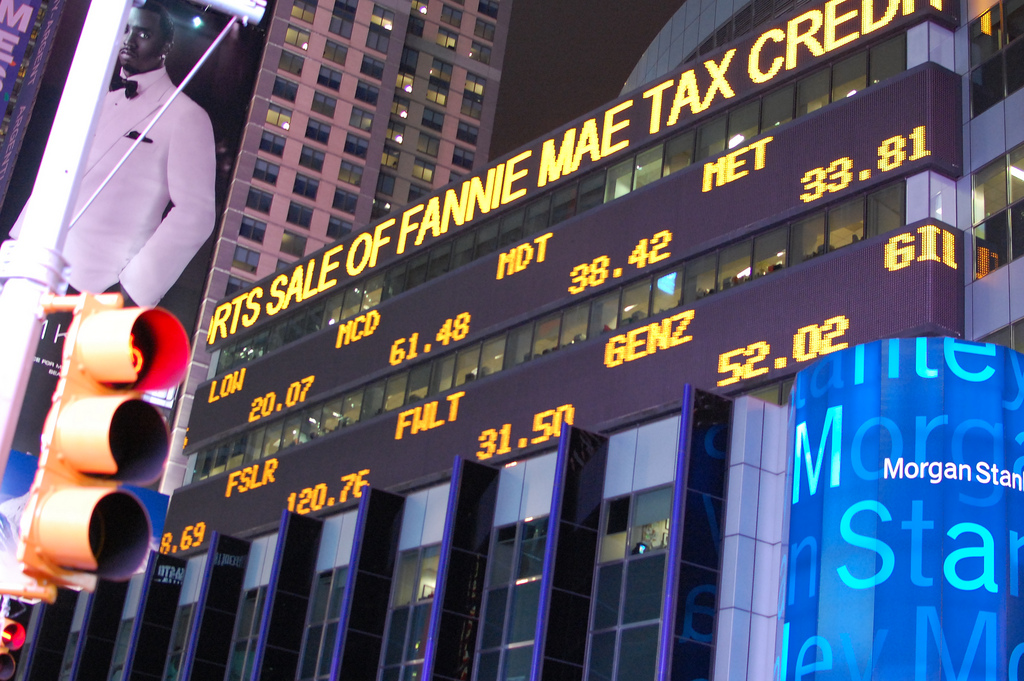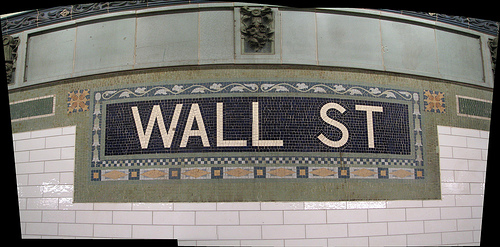Excessive fees plague fund reporting; will new rules fix the problem?
Insider Trading Dashboard: Everything you need to know
With the daily news of hedge funds being raided and expert networks being investigated, I wanted to put together a resource sheet for those looking to delve a bit further into the insider trading game.
Research
Decoding Insider Trading (Cohen): This new paper looks at a methodology to isolate insider traders acting on good information from noisy trades. By looking at individual trades — versus looking at all insider activity — investors can mimic better-performing trades, boosting performance of insider trading strategies.
Law and Economics of Insider Trading: A Comprehesive Primer (Bainbridge) 84 pages of insider trading awesomeness. This 2001 paper deals with everything from the origins of current laws prohibiting insider trading to defining an insider to making a case for and against regulating insider trading. For a smaller, more concise paper on insider trading, see Bainbridge’s Insider Trading: An Overview
Stock Market Anomalies: What can we learn from repurchases and insider trading (Core, Guay, Richardson, Verdi)
How Informative are Analyst Recommendations and Insider Trading (Hsieh, Ng, and Wang) Evidence points to insider trading and analyst recommendations giving conflicting signals. This paper documents that and provides theory why this may be the case.
What Insiders Know about Future Earnings and How They Use It: Evidence from Insider Trades (Ke, Huddart, Petroni) Insiders do trade on this stuff up to 2 years before public release.
Do Insider Trades Reflect Superior Knowledge About Future Cash Flow Realizations (Piotroski, Roulstone) Short answer: yes.
Insider Trade Disclosure, Market Efficiency, and Liquidity (Buffa): Policy implications after finding that informational efficiency and liquidity are lower in more transparent markets
Institutional Investors and Insider Trading Profitability (Markarian, Bricker) Insider profits are inversely related to presence of institutional ownership. Hedge funds/mutual funds may provide monitoring effect.
MSM (Mainstream Media) on Insider Trading
WSJ on Insider Trading (sub. req’d)
Bloomberg.com: Insider Trading
Google fastflip on Insider Trading
Tradestreaming on Insider Trading
Dealbreaker’s Insider Trading Fest(ivus)
Books on Insider Trading Strategies
Investment Intelligence from Insider Trading: If this book is the bible of insider trading strategies and research, its author, Professor Seyhun is Moses. Great research into strategies for following insiders.
Profit from Legal Insider Trading: Invest Today on Tomorrow’s News
The Vital Few vs. the Trivial Many : Invest with the Insiders, Not the Masses










